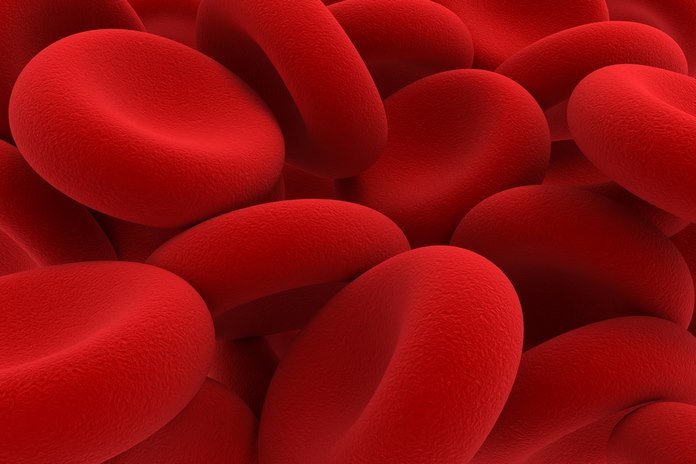Erythrocytosis
There are two main types of erythrocytosis:
- Primary erythrocytosis:This problem occurs mostly due to the issues related to the bone marrow (the site of RBCs production). Or it may be inherited.
- Secondary erythrocytosis: This problem occurs mostly due to the excessive intake of drugs, smoking, tumours, etc.
This disorder sometimes referred to as polycythemia. And the symptoms may include headaches, dizziness, shortness of breath, nosebleed, increase blood pressure, blurred vision, itching. Doctors use tests that measure RBCs to diagnose this disease. The hematocrit test checks the percentage of RBCs in the blood, and a pulse oximetry test is considered to measures the amount of oxygen present in the body.
The treatment of this disease includes phlebotomy and aspirin. In bleeding, small numb of RBCs removed from the body while aspirin prevents the patient from clotting of blood.
If left untreated, erythrocytosis increases the risk of heart attack, leukaemia, and other types of blood cancer.

